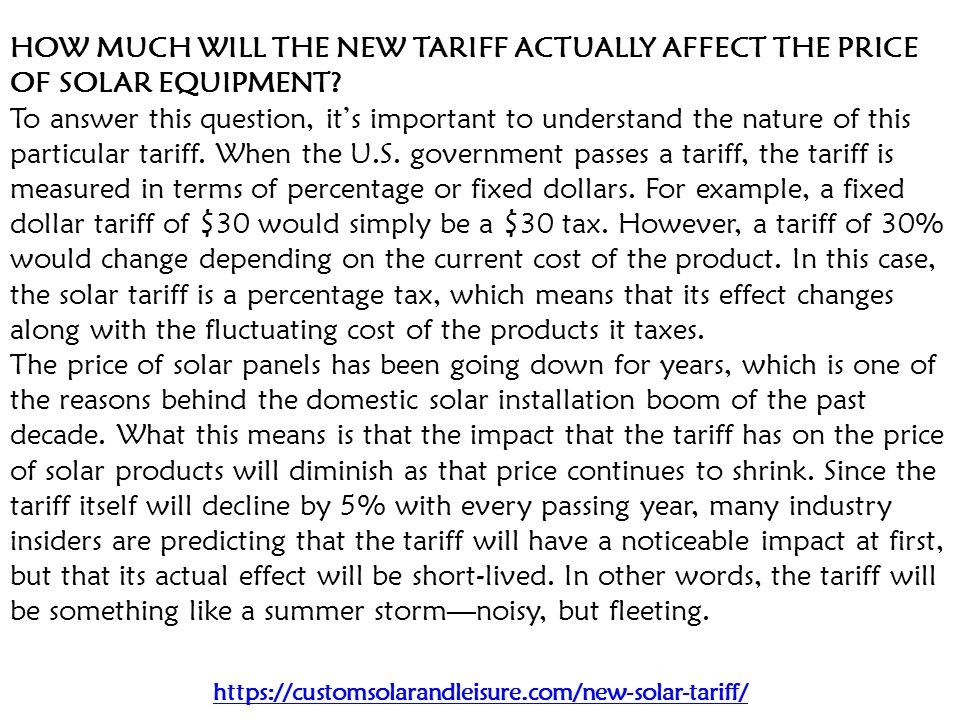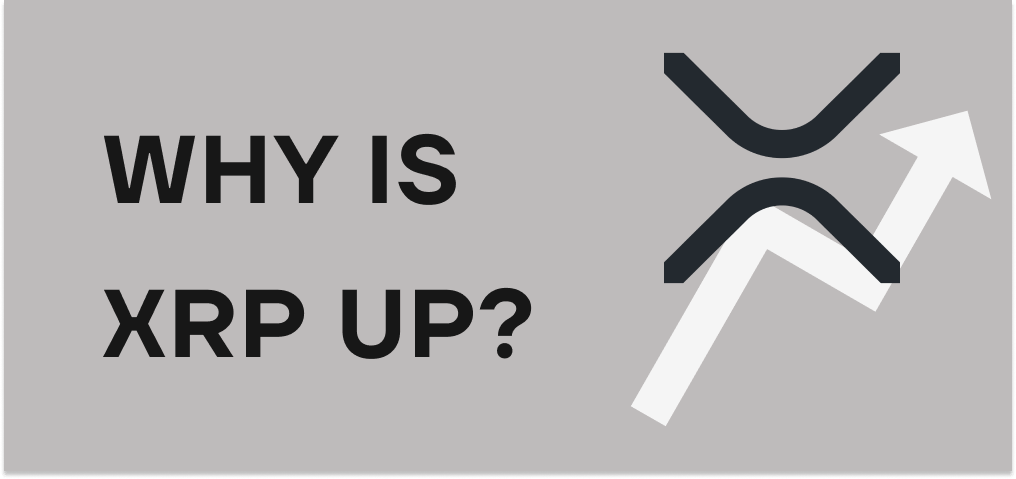Retailer Concerns: Current Tariff Price Stability Is Fleeting

Table of Contents
The Illusion of Tariff Price Stability
While current prices might appear stable, underlying factors suggest this is a temporary reprieve. The seemingly calm waters of tariff price stability mask a turbulent undercurrent of global economic and political instability. This precarious situation demands immediate attention from retailers.
- Global economic instability impacts supply chains and costs: Recessions, inflation, and currency fluctuations ripple through the global supply chain, impacting raw material prices, transportation costs, and ultimately, the final retail price.
- Geopolitical tensions can lead to sudden tariff changes: International relations can shift rapidly, leading to unexpected tariff increases or trade wars that instantly disrupt supply chains and pricing structures. The recent tensions between various global powers highlight this volatility.
- Current low prices might be temporary absorption by suppliers, unsustainable in the long run: Suppliers may absorb some initial tariff increases to maintain market share, but this is not a sustainable practice. Eventually, these costs will be passed on to retailers, leading to sudden price jumps.
- Dependence on specific regions for sourcing increases vulnerability to tariff fluctuations: Relying heavily on a single country or region for sourcing exposes retailers to significant risk. A sudden tariff hike on goods from that area can cripple their supply chain and dramatically impact profitability. This vulnerability is particularly acute for retailers who rely heavily on imports from a single source.
Rising Input Costs & Their Impact on Retail Pricing
Increasing costs of raw materials, transportation, and manufacturing are squeezing retail margins and threatening profitability. These rising input costs are not isolated incidents but rather interconnected elements contributing to a perfect storm.
- Increased fuel costs directly impact transportation expenses: The price of fuel is a significant factor in transportation costs, particularly for businesses that rely on trucking or air freight. Fluctuations in fuel prices directly translate to higher shipping costs.
- Raw material prices fluctuate based on global commodity markets: The prices of raw materials, such as steel, lumber, and cotton, are subject to significant fluctuations in the global commodity markets, impacting the cost of goods sold.
- Currency exchange rate volatility increases import costs unpredictably: Fluctuations in currency exchange rates can significantly affect the cost of imported goods. An unexpected devaluation of the importing country's currency can dramatically increase import costs.
- Labor costs are escalating in many regions, impacting production: Rising wages in various manufacturing regions add to the overall cost of production, putting pressure on margins and forcing retailers to pass on these increases to consumers.
This compounding effect of increased fuel, raw materials, currency exchange, and labor costs creates significant pressure on retailer profitability, forcing many to increase prices to maintain margins. The apparel, furniture, and electronics industries are particularly susceptible to these pressures.
Strategies for Mitigating Tariff-Related Price Volatility
Proactive strategies are crucial for retailers to navigate the unpredictable landscape of tariff-related price volatility. A reactive approach will always leave retailers vulnerable.
- Diversify sourcing: Reduce dependence on single regions by sourcing from multiple countries or regions. This geographically diverse approach minimizes the impact of tariffs imposed on a single area.
- Negotiate long-term contracts with suppliers: Lock in stable pricing for a defined period by negotiating long-term contracts with key suppliers. This mitigates short-term price volatility.
- Invest in inventory management: Maintain sufficient inventory to buffer against price spikes and ensure consistent product availability. This can require advanced forecasting and effective warehousing solutions.
- Explore alternative transportation methods: Reduce reliance on air freight, which is generally more expensive, by exploring sea freight or other more cost-effective options. Sea freight, though slower, can significantly reduce transportation costs.
- Implement robust forecasting and scenario planning: Invest in data analytics and predictive modeling to forecast potential price fluctuations and develop contingency plans. This requires access to real-time market data and the expertise to interpret it.
- Build strong relationships with suppliers: Establish strong, communicative relationships with suppliers to understand potential risks and proactively address them. This open communication is vital for navigating unforeseen disruptions.
The Importance of Proactive Risk Management
A proactive approach to tariff risk management is paramount. Waiting for a crisis to react is far less effective than proactively mitigating potential problems.
- Regularly monitor global economic and political events impacting tariffs: Stay informed about global events that could impact tariffs and supply chains.
- Develop a flexible pricing strategy: Create a pricing strategy that can adapt to changing market conditions and tariff fluctuations.
- Invest in data analytics: Use data analytics to accurately forecast future price trends and make informed decisions.
- Regularly review and update supply chain strategies: Regularly assess your supply chain's vulnerability to tariff changes and make necessary adjustments.
Proactive risk management not only protects profitability but also provides a competitive edge by allowing retailers to react swiftly and decisively to changing circumstances.
Conclusion
While current tariff price stability might offer a temporary respite, retailers must recognize that this is likely a fleeting moment. Ignoring the looming threats of rising input costs and unpredictable geopolitical events could severely impact profitability and competitiveness. By implementing proactive strategies like supply chain diversification, robust forecasting, and strong supplier relationships, retailers can mitigate the risks and navigate the challenges associated with future tariff fluctuations. Don't wait for a crisis; actively manage your tariff price stability and secure your business's future.

Featured Posts
-
 Geweldsincident Van Mesdagkliniek Groningen Malek F In Beschuldiging
May 01, 2025
Geweldsincident Van Mesdagkliniek Groningen Malek F In Beschuldiging
May 01, 2025 -
 Rodons Solid Outing Yankees Defeat Guardians In Series Finale
May 01, 2025
Rodons Solid Outing Yankees Defeat Guardians In Series Finale
May 01, 2025 -
 The Importance Of Timely Corrections And Clarifications
May 01, 2025
The Importance Of Timely Corrections And Clarifications
May 01, 2025 -
 Xrp Up 400 In Past 3 Months Time To Invest Analysis And Predictions
May 01, 2025
Xrp Up 400 In Past 3 Months Time To Invest Analysis And Predictions
May 01, 2025 -
 Melding Gaslucht In Roden Loos Alarm
May 01, 2025
Melding Gaslucht In Roden Loos Alarm
May 01, 2025
